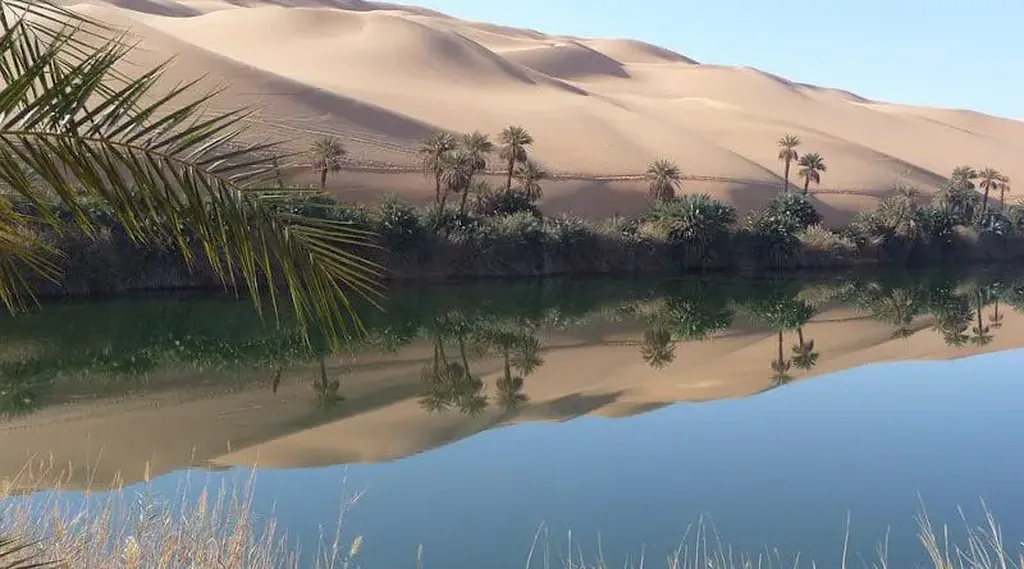In the heart of the Sahara, where date palm oases have thrived for centuries, a modern irrigation system is being tested to combat the looming threats of climate change and water scarcity. Nessrine Zemni, a researcher from the Laboratory of Rural Engineering at the National Institute for Research in Rural Engineering, Water and Forestry (INRGREF) in Tunisia, has been leading the charge in evaluating the bubbler irrigation system in the Jemna oasis.
The traditional irrigation techniques of foggaras and tabias have sustained agriculture in North African oases for generations. However, these systems are now under threat due to irrational water use, climate change, and environmental degradation. “The sustainability of these oases is at risk,” Zemni explains. “We need innovative solutions to ensure their survival and productivity.”
Enter the bubbler irrigation system, a modern approach that Zemni and her team have been testing over two growing seasons (2018-2019). The system uses Decagon 5TE sensors to monitor soil conditions in real-time, providing data on soil water content and salinity at various depths. This data is then fed into the Hydrus-1D numerical model, which simulates the effects of different irrigation strategies on root water uptake, yield production, and soil salinity.
The results are promising. By tailoring irrigation schedules to meet 100% of the crop’s water requirements and including leaching events to manage salinity, the team achieved approximately 81% of the potential crop yield under current conditions. However, the future paints a more challenging picture. Under projected climate change scenarios, the same irrigation strategy could lead to a significant decrease in crop yield, with soil salinity levels posing a threat to agricultural sustainability.
“To meet the double challenge of water scarcity and salinity, it is strongly recommended to optimize irrigation scheduling according to crop water requirements during observed crop growth stages and salinity levels,” Zemni advises. This research, published in the journal ‘Agricultural Water Management’ (translated to English as ‘Management of Agricultural Water’), highlights the need for adaptive strategies in the face of climate change.
The implications for the energy sector are significant. As water scarcity intensifies, the demand for energy-efficient irrigation systems will grow. The bubbler system, with its precise water delivery and real-time monitoring, could become a key player in sustainable agriculture, particularly in arid regions. Moreover, the insights gained from this research could shape future developments in irrigation technology, driving innovation and investment in the sector.
Zemni’s work underscores the importance of proactive research in addressing the challenges posed by climate change. As she puts it, “We must act now to ensure the sustainability of our agricultural systems and the livelihoods they support.” With further studies and technological advancements, the bubbler irrigation system could be a game-changer for oases and similar ecosystems worldwide, ensuring their resilience in the face of an uncertain future.

